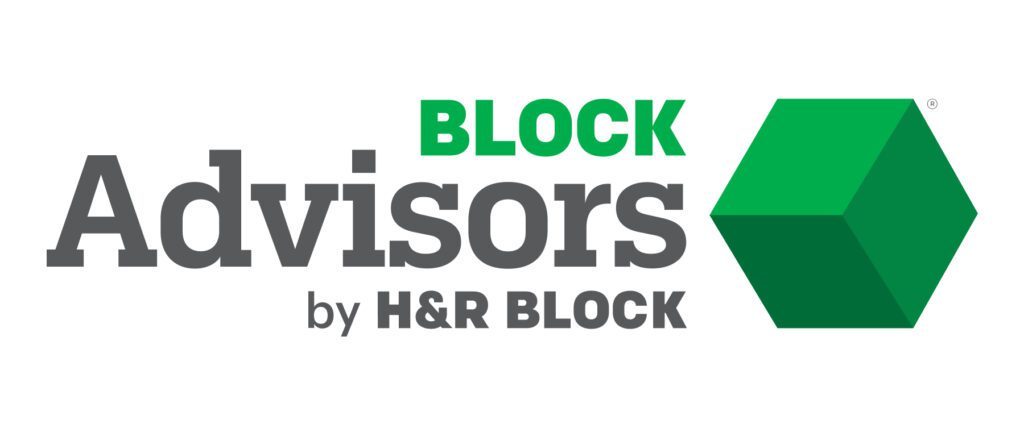Employee productivity waning? How to improve it
4 min read
April 22, 2024 • Block Advisors
The phrase “employee productivity” is rather a nebulous concept. It can vary wildly depending on the industry, the product or service being offered, the personalities involved – even the geographical region of the country.
Your company probably has its own yardstick for measuring. And it’s your job as a manager to make sure that your department looks good in those tables of numbers and pretty charts and graphs that analyze productivity levels. Here are some suggestions.
Payroll services made simple
Automate paydays and get back to business.
Make employee evaluations as forward-looking and positive as possible. The emphasis in performance reviews is, like the name says, performance, an accounting of each employee’s positive and negatives of the last six months or year. Include time to reinforce your employees’ value to the company and the security of their jobs (if this is the case).
Instill a clear sense of purpose in your staff. Whenever it’s appropriate, bring the company’s mission and its corporate culture and values into discussions about projects and responsibilities. Remind them that they’re making a contribution to a larger effort.
Avoid micromanagement. Nothing says “I don’t trust your abilities and judgement” like micromanagement.
Offer employees opportunities to contribute to other areas that interest them. Take note of skills and interests that don’t necessarily relate directly to their job responsibilities. If they have down time, let them try their hand at contributing where they can in other areas.

Encourage involvement in your company’s greater community. Getting groups of employees involved in a civic or charitable event fosters positive interaction and helps with team-building. It can also strengthen your staff’s pride in the company for trying to make a difference.
Lead by example. Productivity begets productivity. If you seem engaged and hard-working and committed to company values and goals, your professional model will rub off on some employees.
Emphasize the importance of work/life balance. Some studies have shown that the more hours you put in at a stretch, the more likely you are to make mistakes. Productivity also suffers.
Encourage a healthy work/life balance in your employees. Pay attention when anyone is sacrificing a home life for work. If they’re overloaded, bring in temporary assistance where possible.
Communicate. Surely you’re doing more than saying Hi! How’s it going?” in the hall, and asking an occasional work-related question. Good communication is especially important when you’re discussing expectations. Are you clear and fair? Are you asking for occasional feedback? Finding solutions when your expectations outstrip an employee’s ability to meet them?
Casual, social conversation with your team has a place. But woe betide the manager who tries to be best friends with everyone. Or worse, just one or two.
Make employees feel respected. Listen to alternatives to workflow or individual tasks. Encourage interaction in meetings, and compliment good ideas and comments.
Try to squelch misinformation coming out of the rumor mill. Nothing lowers productivity levels like rumors of an impending round of layoffs, sale of the company, or anything else that might affect your employees’ livelihoods. Deal with rumors head on, and be as truthful as you can be within the confines of your responsibilities to upper management.
Be consistent. If you have to keep notes on conversations so you remember what you’ve been saying about a specific issue, do it. Conflicting or mixed messages can be quite detrimental to department cohesiveness and productivity.
Make sure that HR policies are enforced uniformly.
Recognize different generational work styles and attitudes. You don’t have to be a pushover when you’re dealing with millennials: They have to meet their work goals just like their older co-workers. But learn what you can about the differences between baby boomers, Gen Xers, and the newest addition to the workforce, and do what you can to accommodate them.
If all else fails…you must have a conversation with an employee who simply isn’t responding to examples and other motivating factors. When one individual is underperforming, potential problems abound, like:
- Resentment by other staff members,
- Productivity dips by other employees, and
- A bottleneck in the workflow, slowing everything down by affecting the interrelated tasks done by co-workers.
You can’t light a fire under everyone, hard as you might try. But keep trying. Employees who feel respected, appreciated, trusted, and informed are likely to give you their best efforts.
Get time back with help from Block Advisors
One of the best ways to boost your own productivity is to outsource or delegate time-consuming tasks. Block Advisors is here to help with year-round small business services that help you manage your to-do list. Get professional guidance on taxes, business formation, bookkeeping, payroll, and beneficial owner reporting so you can get back to business.
This article is for informational purposes only. The content may not constitute the most up-to-date information and should not be construed as legal advice.




